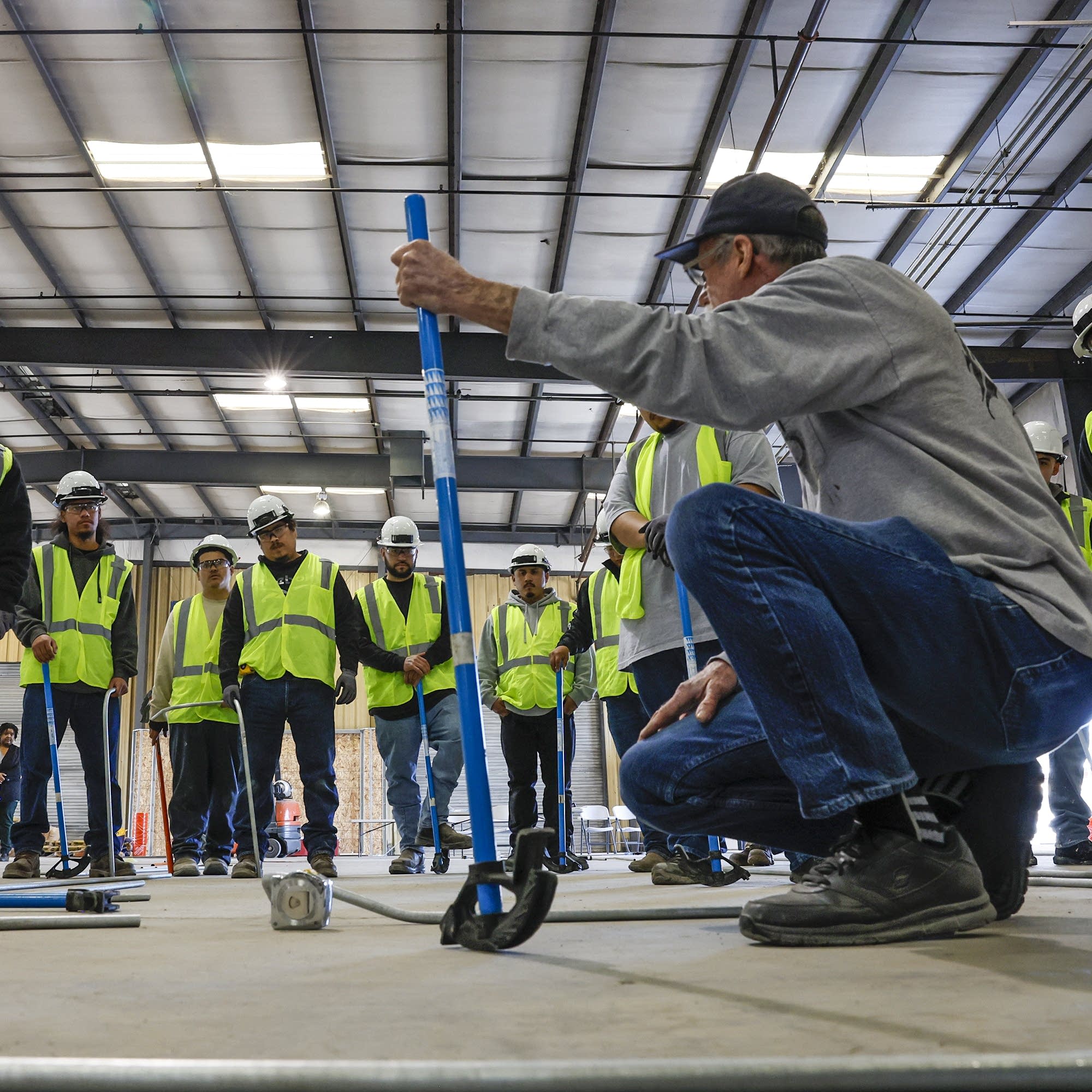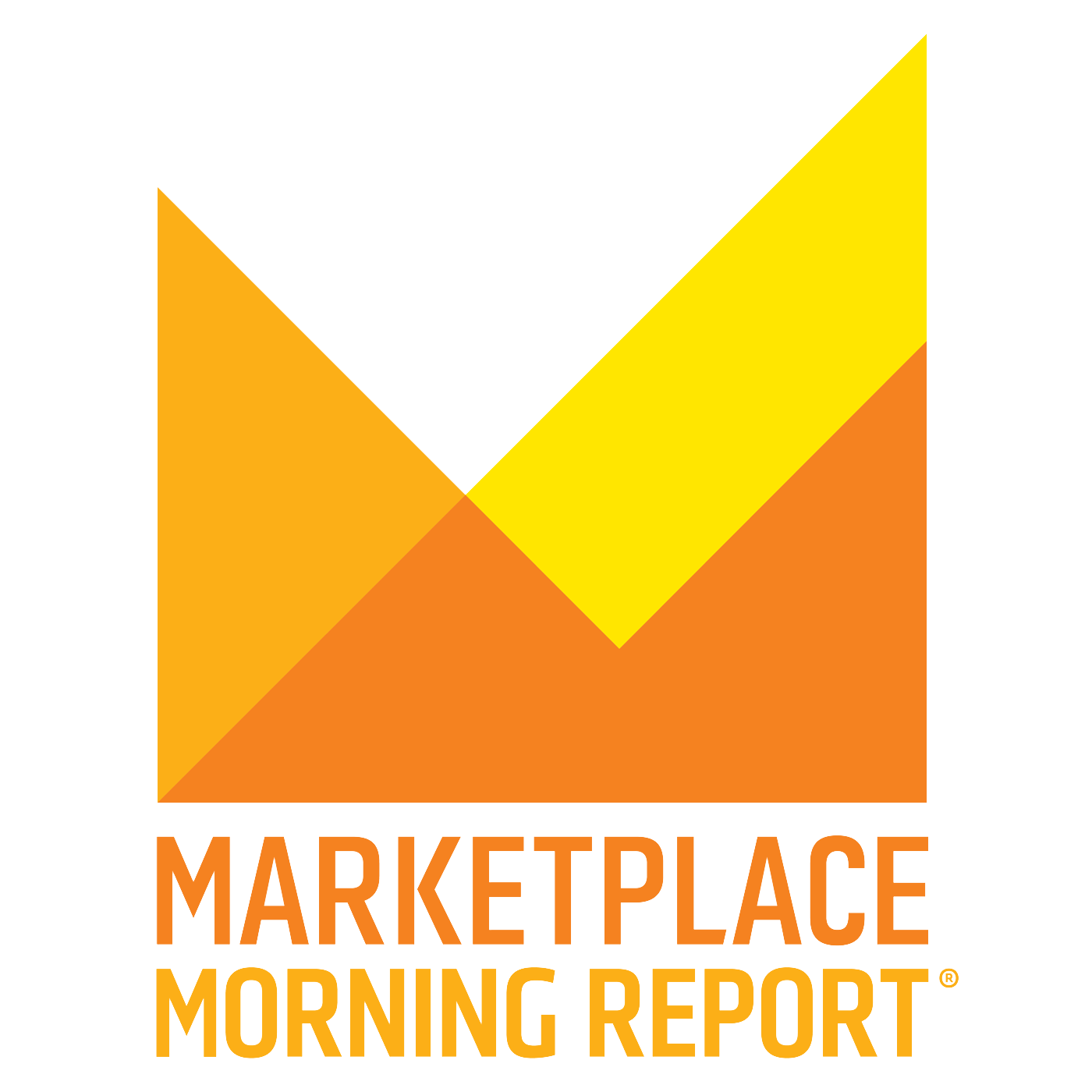
The fight over job training for younger people

Marketplace Morning Report
Deep Dive
- Federal judge blocks Labor Department from halting Job Corps operations
- Job Corps provides training in trades like construction and car repair
- Costs average $80,000 per trainee
- Mixed research on program outcomes: positive for older participants, less so for teenagers
- Program closures would negatively impact rural communities
Shownotes Transcript
Missions to Mars? Driverless cars? AI chatbots? Feels like we're already living in the future. Well, Robinhood is built for the future of trading. Robinhood's intuitive design makes trading seamless, so you can spot opportunities and take control of your trades. You can now even trade your stocks and crypto all in one place. Sign up for a Robinhood account today.
Investing is risky. Robinhood Financial LLC member SIPC is a registered broker-dealer. Cryptocurrency services are offered through an account with Robinhood Crypto LLC, NMLS ID 1702840. Robinhood Crypto is licensed to engage in virtual currency business activity by the New York State Department of Financial Services.
The fight over job training for younger people.
I'm David Brancaccio in Los Angeles. A federal judge has stopped the Labor Department from halting operations at the Federal Job Corps program, something the Trump administration was trying to do. A nonprofit sued to block the move, and now a court has said that while the lawsuit plays out, that program has to stay open for business.
Job Corps, tagline Careers Begin Here, is a program founded in 1964 by President Johnson to give teenagers and young adults training in trades like construction or car repair, Marketplace's Savannah Peters reports. 24-year-old Ezekiel Wilber of Omaha has had a rugged couple of years. He says a fight with a family member landed him in jail. Once he got out, he struggled to readjust and started using drugs.
I was just rotting away in my bed every single day, high out of my mind. So I signed up to come to Job Corps because I thought of it as a way out. Wilbur has been living at the Pine Ridge Job Corps Center in Chadron, Nebraska, for six months now. He says he's sober. He's in an apprenticeship program for painting. He's actually calling from a job site. So right now we're working for an elderly woman in town. Painting her house for minimum wage and racking up on-the-job hours he needs to graduate.
But this Job Corps center is on the list targeted for closure. It would be devastating. I wouldn't have anywhere to go. Wilbur says he'd probably end up living out of his car in his old neighborhood.
The Trump administration says costs for the residential Job Corps program are too high. It spends $80,000 a year on the average trainee. Because it's so intensive, it's also very expensive. That's economist Bert Barno, who studies workforce training programs at George Washington University. Plus, he says research on the program's outcomes is mixed.
teenagers who go through the program don't seem to do better on the job market than their peers who don't. But... The older people who go into the Job Corps, typically 20 to 24, actually do have sustained earnings gains. To make sure taxpayers are getting their money's worth, Barnault says the Trump administration could narrow the Job Corps program's focus to those older students rather than scrapping it.
Alfonso Flores-Lagunes with the W.E. Upjohn Institute for Employment Research says the federal government doesn't have much else to offer this group. It is a very difficult population to serve, but I think that the worst option is just leaving them behind. If these centers shut their doors, that would also impact the communities that host them, particularly in rural areas.
Jodi Mitchell is with the Bitterroot Valley Chamber of Commerce in western Montana. The firefighting that they help with is the biggest piece. She says students at the nearby Trapper Creek Job Corps Center help prevent and suppress wildfires, maintain hiking trails, crucial work that keeps the region's tourism economy afloat. I'm Savannah Peters for Marketplace.
The headline figure for economic growth in America has been revised sharply downward. It's for January to March, the winter gross domestic product fell five-tenths of a percent. That's more shrinkage than first thought. Let's check in with Diane Swong, chief economist at the audit tax and advisory firm KPMG. Hello, Diane. Good morning. Do we have to talk about the third revision to the economic growth figure? Well,
Well, it is an important revision. It's a benchmark revision, and it was larger than many people expected to the downside. And that was mostly because we actually saw consumer spending come in much weaker in the first quarter than initially reported, and inflation a tick higher. So even though we've seen really good inflation numbers since then, that first quarter was a bit of a mess and a muddle. And part of it was much of the front running we saw in imports was
So even though this is the winter quarter, there was still planning for the possible tariffs that the incoming president was certainly telegraphing. Absolutely. And in fact, we saw imports pick up in the wake of the election at the end of 2024 from China in particular because he had been clear what his stance was on the campaign trail and he wanted to make good on some of those campaign promises, which he did.
on tariffs. And I think that's important because we saw companies hedge against it in the first quarter. And then, you know, the minute they got a waiver and a pause, you saw that activity resume. But it actually triggered some things reminiscent of the pandemic. All of a sudden, ships weren't where they were supposed to be and shipping rates
in two days in June, went up at their fastest two-day rate on record because trying to get everything back into the right place again and get these orders that people hope to get before the pause on tariffs, the most prohibitive tariffs with China expired or lapsed in August, is underway. Diane Swonk, Chief Economist, KPMG. Thank you. Thank you. Note that GDP measures money changing hands, not necessarily well-being, not to be confused.
Cost of owning a home going in the wrong direction, a new report finds home ownership costs are uncomfortably high most places. Here's Marketplace's Mitchell Hartman. The cost of home ownership, that's the monthly mortgage payment, property tax, and insurance, should take up no more than 28% of a typical family's income.
But in the second quarter, Adam reports it ate up nearly 34%. And the unaffordability gap is getting wider. Since 2020, the cost of purchasing a home has risen 56%, while average wages have risen less than half that much.
All this, says economist Joe Brusuelos at consulting firm RSM. Unfortunately, it's impacting the ability of Americans, especially young Americans, to finance the purchase of their first home. As lower and middle-income households continue to struggle financially, the rising cost of home ownership raises the risk that more of them will lose their homes, says Brusuelos.
Downmarket, you see elevated interest rates to purchase homes. And what goes along with that, higher levels of defaults. Some homeowners who may be underwater because they bought late in the pandemic decide to send the keys back to the financiers and just get on with their lives. One warning sign, says Bruce Willis, banks are increasing their loan loss reserves to cover rising mortgage defaults. I'm Mitchell Hartman for Marketplace.
And I'm David Brancaccio. This is the Marketplace Morning Report from APM American Public Media.
Hey there, it's Ryan, co-host of Million Bazillion, a podcast that answers your kids' big questions about money. This week, we're kicking it old school and taking questions from Million Bazillionaires in this super special show. I was wondering how much people in the government, like the president, make and how do they decide? How do airlines determine the price of a ticket? Where did the penny get its name? Plus, Bridget and I put some old cassette tapes to good use. Listen to Million Bazillion wherever you get your podcasts.